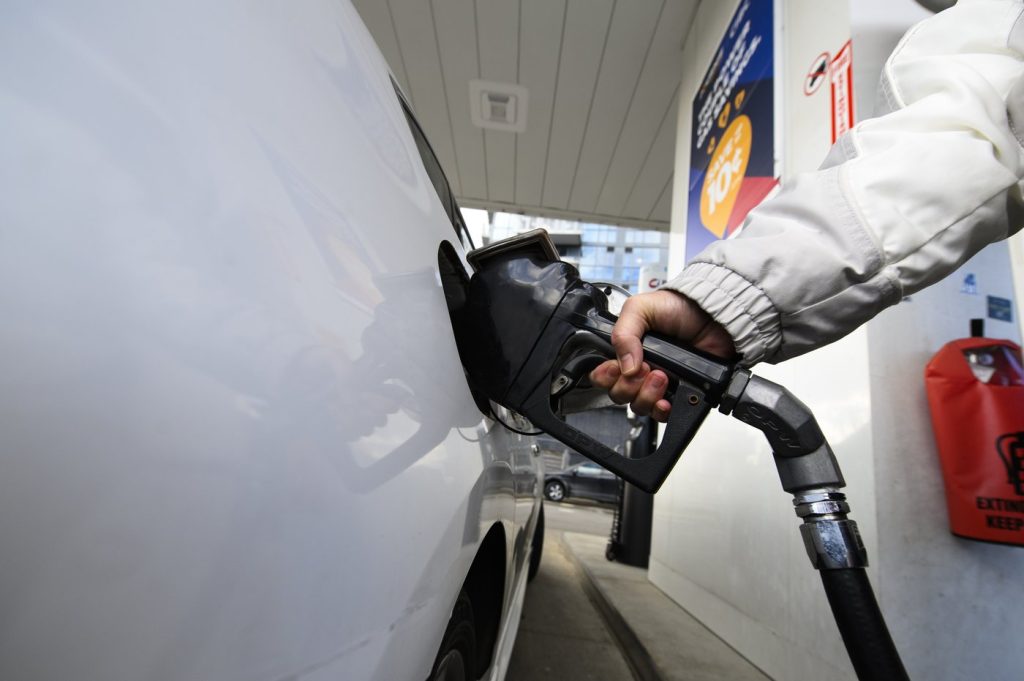CALGARY – A gas price analyst has warned that motorists in certain regions of the United States may face increased fuel costs at the pump due to newly implemented tariffs on Canadian oil imports. U.S. President Donald Trump has introduced a 10 percent levy on energy imports, along with a sweeping 25 percent tariff on all other goods imported from Canada.
According to Patrick De Haan from GasBuddy, the northeastern United States is poised to experience the quickest and most significant increases in gasoline prices. This surge is attributed to the fact that a substantial portion of the fuel in that region is sourced directly from the Irving Oil refinery located in Saint John, New Brunswick. By mid-March 2025, De Haan estimates that this could result in an additional cost of between US$3 to US$6 for a typical 15-gallon fill-up in the affected area.
De Haan emphasized that the situation is complicated for U.S. refineries wishing to shift to processing domestic crude oil. Many refineries and the pipelines connected to them are specifically configured to handle the heavy crude oil imported from Canada, rather than the lighter crude produced domestically in Texas. This means that a sudden switch is not a straightforward process.
In light of the tariffs and their economic implications, the Explorers and Producers Association of Canada, which represents conventional oil and gas producers, has voiced its concerns. The association stated that Canada can no longer afford to approach major energy infrastructure projects at a "slow and costly rate." They argue that the current crisis highlights the pressing need for immediate action to enhance natural resource infrastructure and to diversify the Canadian economy beyond reliance on the United States. Such diversification, they claim, is vital for strengthening economic power and aligning with Canadian values.
The report emerged from the context of escalating trade tensions and changing dynamics in energy supply and demand, which have significant implications not only for Canadian producers but also for U.S. consumers. As tariffs reshape the landscape of oil imports, both countries may need to reevaluate their energy strategies in the face of these economic pressures.










